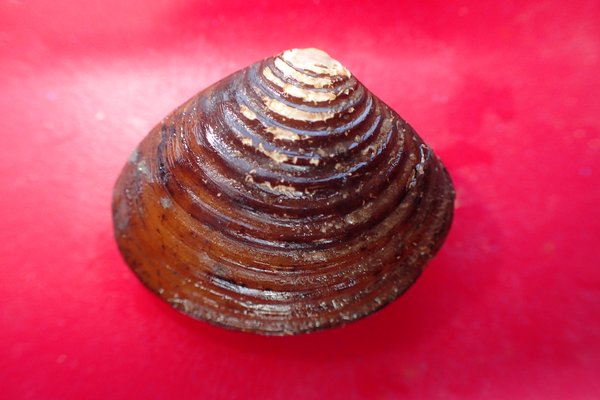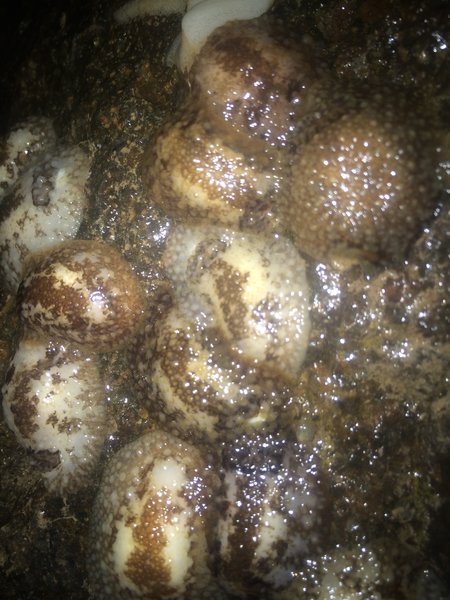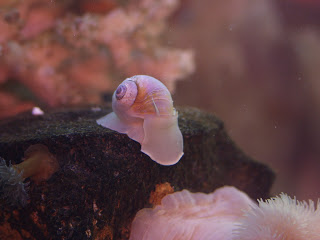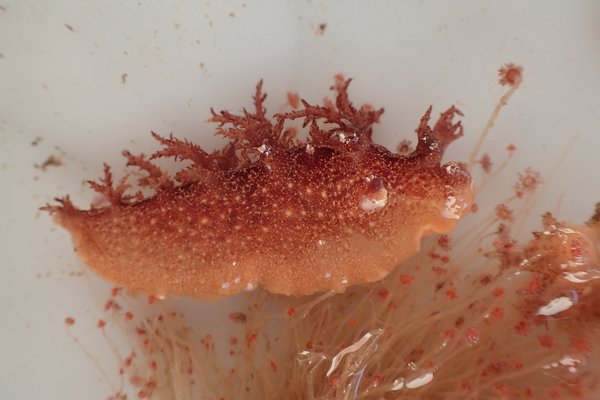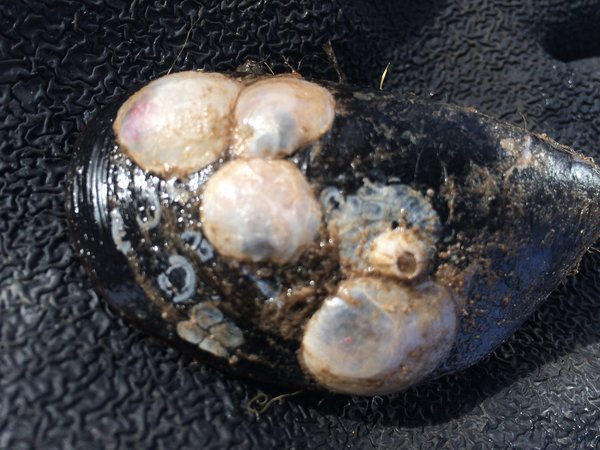 Image 1 of 4
Image 1 of 4

 Image 2 of 4
Image 2 of 4

 Image 3 of 4
Image 3 of 4

 Image 4 of 4
Image 4 of 4





Common Jingle Shell (Anomia simplex)
Common name: common jingle shell
Scientific name: Anomia simplex
Locations: floats, lobster traps, pilings, rocks, mussel shells, buoys, etc. subtidal
Seasonality: available year round
Colors: white or tan or yellowed
Size: 1/4" - 1/2"
Collected: by hand
Quantity: sold by the each
Common name: common jingle shell
Scientific name: Anomia simplex
Locations: floats, lobster traps, pilings, rocks, mussel shells, buoys, etc. subtidal
Seasonality: available year round
Colors: white or tan or yellowed
Size: 1/4" - 1/2"
Collected: by hand
Quantity: sold by the each
Common name: common jingle shell
Scientific name: Anomia simplex
Locations: floats, lobster traps, pilings, rocks, mussel shells, buoys, etc. subtidal
Seasonality: available year round
Colors: white or tan or yellowed
Size: 1/4" - 1/2"
Collected: by hand
Quantity: sold by the each
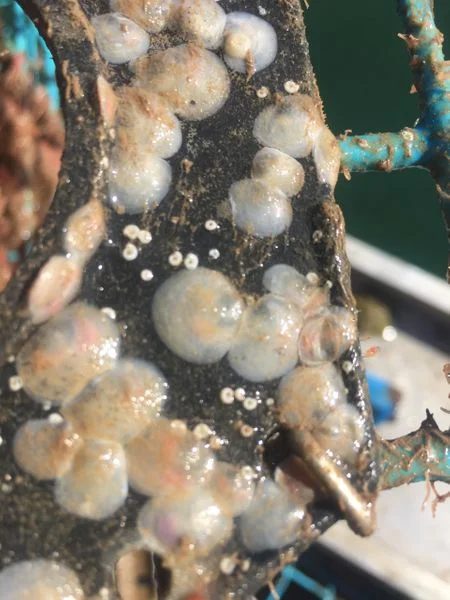
Jingle shells on fishing equipment. The round, white swirls are spiral tube worms.
Tidepool Tim says, “Jingle shells look like a one-sided mini clam. They actually do have 2 valves, but the underside one is very thin and almost transparent. These fragile little guys are filter feeders and do their best to be out in the open in areas that have an abundance of seawater and tidal flow. Sometimes tide-poolers think that they have discovered tiny oysters when they see jingle shells. This is because their shells are lumpy and bumpy and resemble a small oyster. Jingle shells are filter feeding molluscs and are bivalves.”

